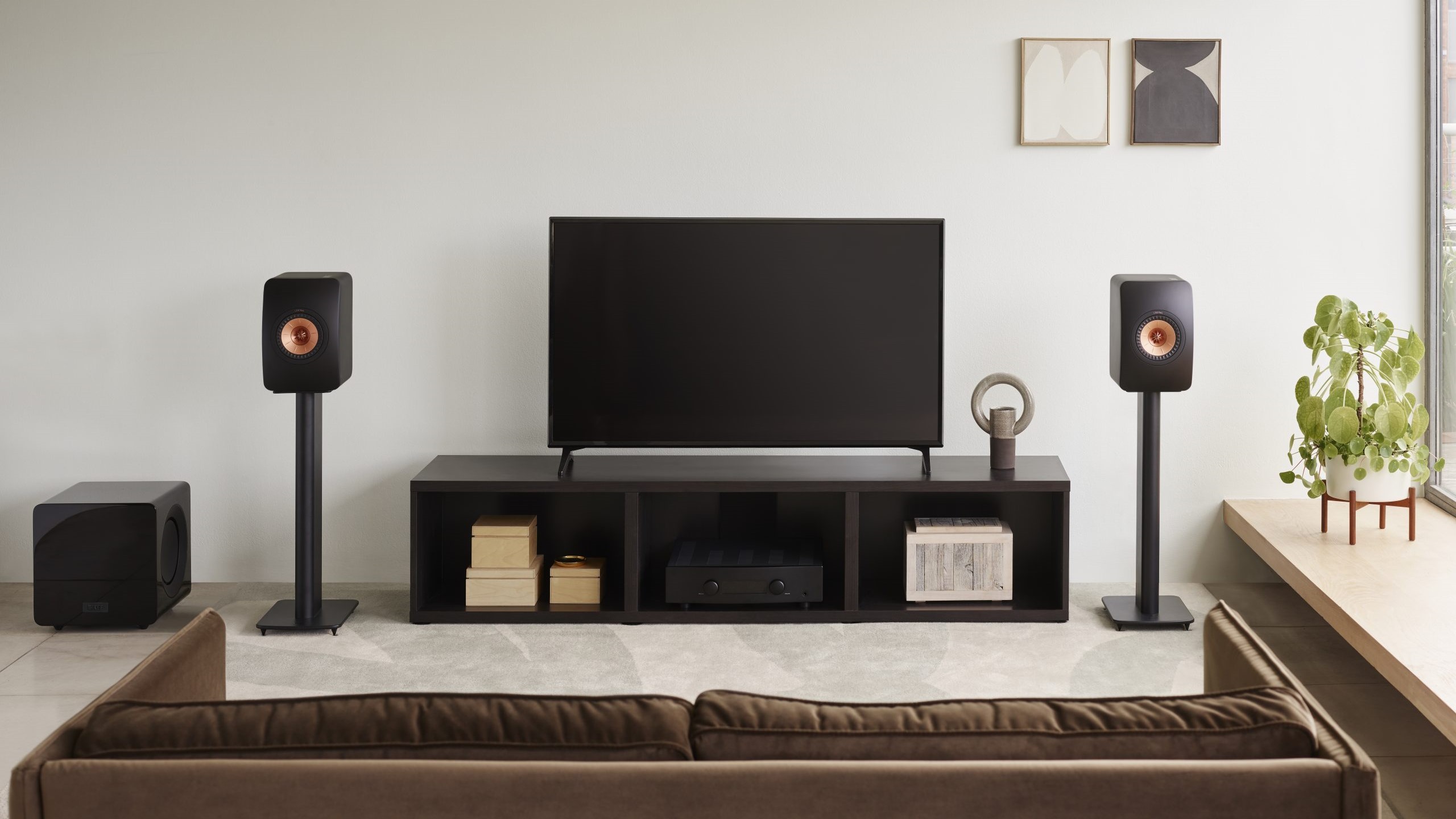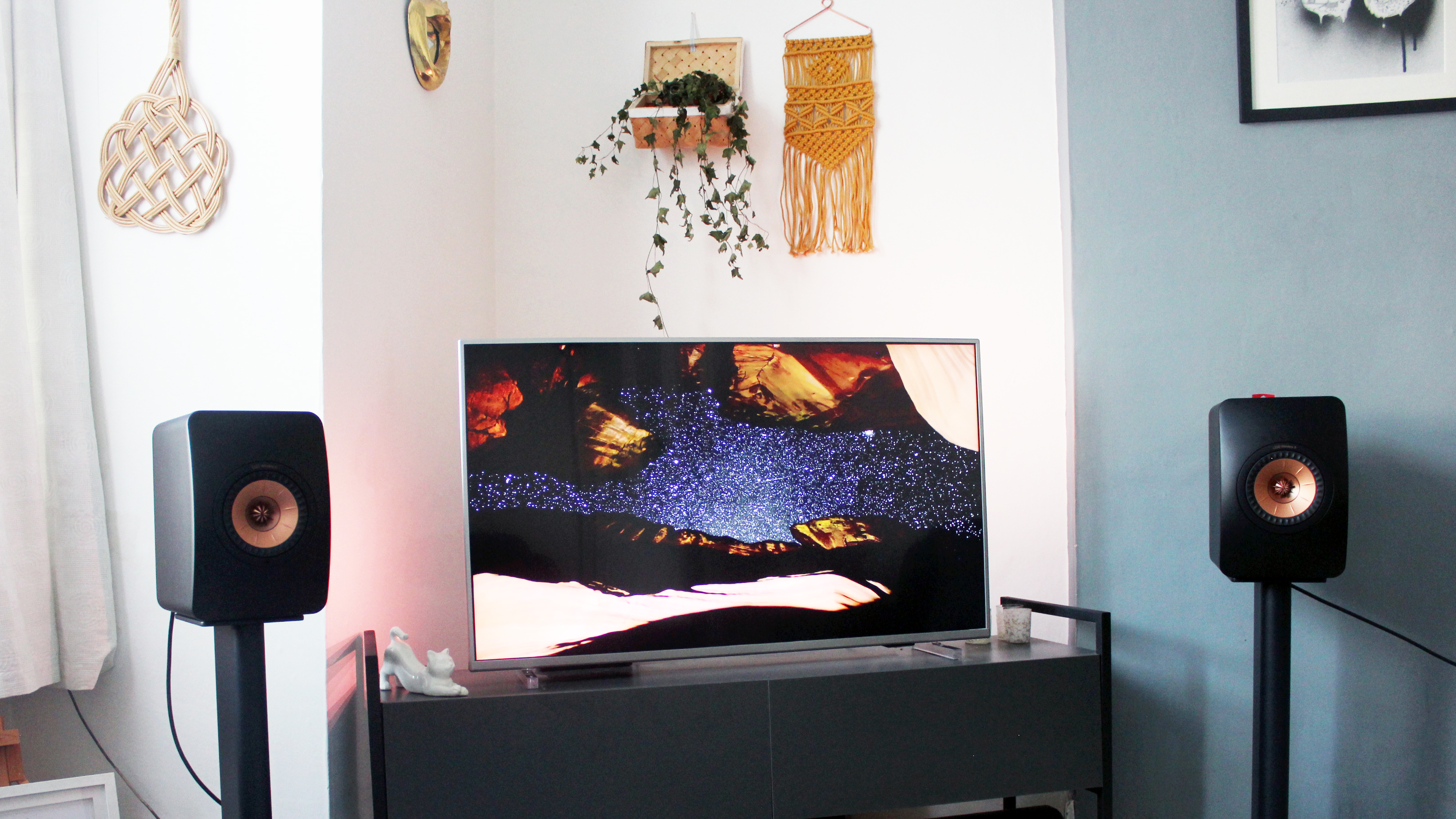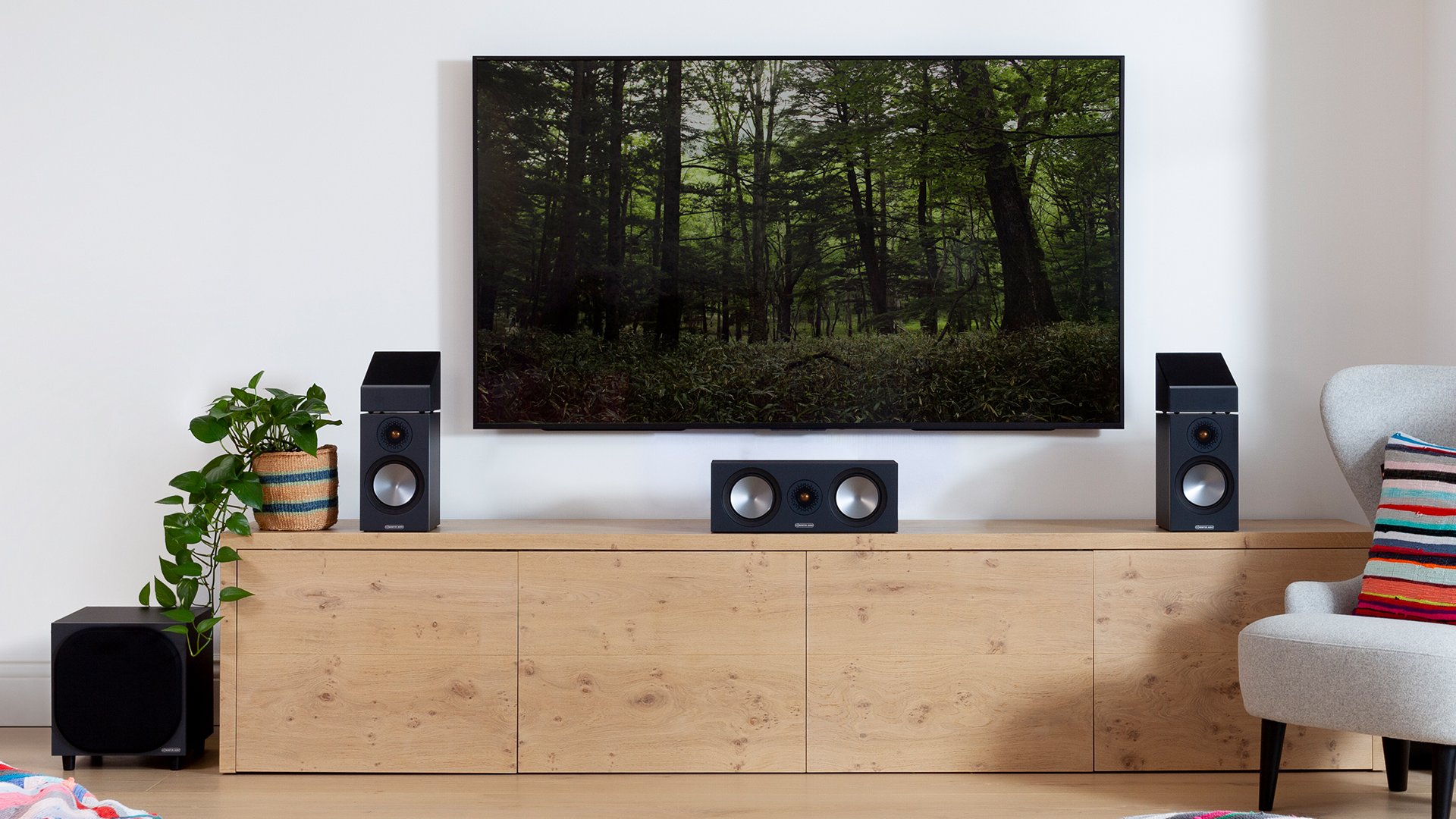'Studio quality' wireless speakers sound ideal, but nothing beats a wired setup – yet

When you think of a hi-fi setup, you probably picture tall, towering speakers, an amp with lots of dials and buttons and a turntable. At least that’s what I think of, as I see my parents' hi-fi setup in my mind. They had one of the old ‘tower’ systems from the 1980s that incorporated tape, CD, turntable and what seemed like thousands of switches attached to giant speakers that loomed over 4-year-old me. As more space became available, the hi-fi setup spread out to more separate equipment and became what I think of as the ideal hi-fi setup. One common link between the changing system - wires.
Before TechRadar, I worked for an AV/hi-fi retailer and was taught (and heard for myself) that wired setups were always best, especially when using physical media as a source. The way music sounded was more immersive, had higher quality and had more soul as nothing beats the warmth of an old vinyl record. But, what is becoming increasingly popular is a thinking of ‘no more wires for me’, as people want the convenience to stream what they want, when they want. The more I heard such setups, the more I learned; it’s impressive what some of the best wireless speakers can do.
With some of the best music streaming services paired with these wireless speakers, like the fantastic KEF LS50 wireless II, you can now get CD-quality (and even higher-res) music files streamed directly from your phone, tablet, computer and so on. This is a massive convenience for audio listeners but how would it fare in a more creative capacity? Well, we can actually explore that question, thanks to audio company AIAIAI.

Studio production gone wireless? Surely not
Whenever I’ve watched a documentary or heard an interview about the making of an album, I’ve seen big mixing boards with what seems like thousands of switches everywhere, instruments, microphones and giant speakers, all with one common connection: wires. There are cables trailing everywhere and this for me personally is what I think of when I think of music production.
Times have moved on however and more people are able to make music from a single laptop nowadays. But, hearing music out of some tinny laptop speakers is not ideal, especially when trying to create music. This is where Danish audio company AIAIAI comes in, as they have revealed the world’s first wireless, ultra low-latency studio monitor speakers, the UNIT-4.

First of all though, what is latency? In production, latency in a nutshell is the time difference between data being captured and then transferred over a network to a user. For example, in audio streaming, if a live concert is being broadcast, the time difference between the live show and when a listener hears it on their device has a delay. And it tends to be much more obvious in video streaming.
So low latency means that this delay is reduced and that is important in several situations such as video calling, video game streaming and live sports betting. For music production, imagine you are trying to create a song in some studio software, dealing with multiple tracks such as vocals, keyboards, guitars and so on all at the same time and you need to edit it in real time. This is where latency could be a real issue as timings during this production stage need to be tight, and AIAIAI claims it can make all the difference with the UNIT-4.
Sign up for breaking news, reviews, opinion, top tech deals, and more.
AIAIAI says the UNIT-4 speakers have an ultra low-latency time of 16ms, making them ideal for music production. This enables music producers and creators to take their ‘home studio’ with them, as this ultra low-latency time should be low enough to not cause any issues when sending the different tracks to the speakers - in theory. There’s only one problem, and its name is Wi-Fi.

Give me a wire any day
As we’ve established, timing is everything when it comes to music production and streaming. The AIAIAI UNIT-4 speakers sound great in principle, but if you have any sort of weird Wi-Fi issues, that is almost definitely going to cause problems. Regardless of the 16ms ultra low-latency time, a bad Wi-Fi connection will cause delay between the UNIT-4 speakers and a computer and tracks could come out sounding like a mess!
With wires, this isn’t a problem. The physical connection means that the data, in this case the audio, is transferred quickly and cleanly, and that’s vital for music producers dealing with multiple tracks. There’s something about a speaker cable that feels more stable, more solid when you look at it; you know that there is a direct connection and that’s going to give you the best results.
The same can be said for listening too. Having done countless audio demos during my time in A/V retail, the majority of problems came when trying to stream things, especially to wireless streaming players or speakers. Tracks would pause, drop in and out or just refuse to play, which is highly embarrassing in front of a customer. Wired hi-fi? No problems. Vinyl played like a dream and CDs began with ease. The only big problems came when the speaker cable to the speaker itself was loose. Give me a wired setup over wireless any day.
Final thoughts
Now, it’s not to say I’m completely anti-wireless. I love the convenience of being able to change tracks on the fly, create a real mish-mash of 40 hours-long playlists with ease, where Duran Duran, Metallica, Stevie Nicks and OutKast can all co-exist in one place, and take my music on the go. I’m also mightily impressed with the sound quality I’ve heard from some wireless speakers. But, when it comes to speakers, I just prefer to see that speaker cable poking out of the back.
In the case of music production, I really don’t see how it’s feasible to try and manage so many audio tracks at once and play them simultaneously over Wi-Fi to the AIAIAI UNIT-4 without some sort of issue. AIAIAI have plenty of credentials as a manufacturer, as the same W+Link tech in the UNIT-4s is in AIAIAIs headphones aimed at pro mixers and they also took inspiration from the legendary Sennheiser HD25 for its TMA-2 DJ XE on-ears. AIAIAI clearly knows what it's doing when it comes to music production, but I’m still very hesitant to believe the hype.
In my eyes (or ears should I say), wired is still superior whatever the situation is, be it casual listening or making the next big pop record. But, I am happy, and hopeful, to be proven wrong. If AIAIAI can pull off its goals with the UNIT-4, then I’m all for it.
You might also like

James is the TV Hardware Staff Writer at TechRadar. Before joining the team, he worked at a major UK based AV retailer selling TV and audio equipment, where he was either telling customers the difference between OLED and QLED or being wowed by watching a PS5 run on the LG 65G2. When not writing about the latest TV tech, James can be found gaming, reading, watching rugby or coming up with another idea for a novel.